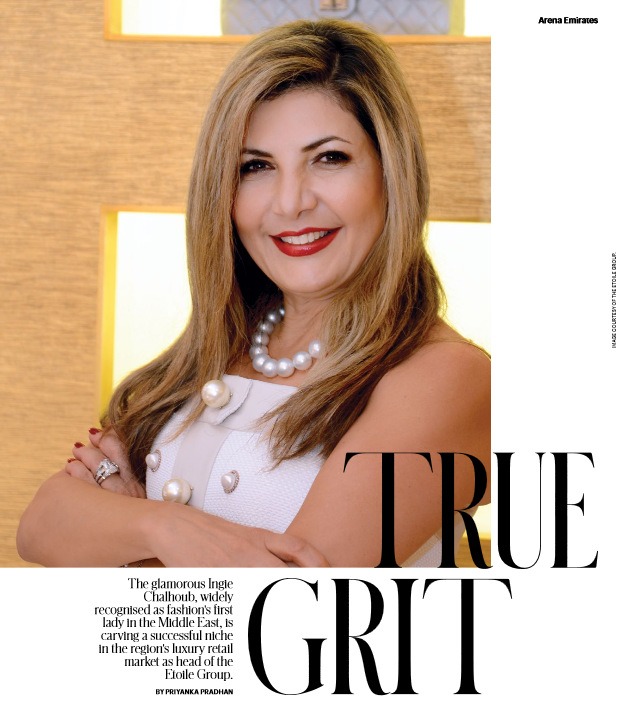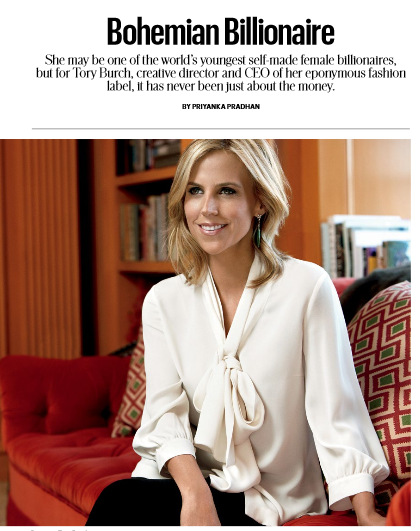Published in Villa 88 Magazine, June 2016 issue.
Womenswear designer NASIBA HAFIZ talks fashion, philosophy and philanthropy to PRIYANKA PRADHAN

Download PDF version here: https://www.scribd.com/doc/316861203/Saudi-Sartorialist
It took no less than ten years in the fashion industry for her to realize
her teenage dream. After successful stints in styling, buying and merchandising across Lebanon and Saudi Arabia, life came a full circle for womenswear
designer Nasiba Hafiz when she re-opened her sketchbook, a decade after being rejected from a top fashion school in her late teens. Now, with an arsenal of experience in the fashion industry, Jeddah-based Hafiz sharpens her pencils and her skills as designer-entrepreneur. “I learnt so much in my journey within these di erent roles,” she says. “I think I was meant to do those things and learn everything from scratch, because it helps me tremendously today.”
Nasiba has a trained eye for global and local market trends and creates collections that aim to be both, comfortable for the local climate as well as stylish. This understated and practical style aesthetic forms her signature that’s seen across all her collections. “For example, as a buyer, I learnt that every collection has a story and every aspect of a piece in that collection stems from that story—the fabrics used, the design and ultimately who it appeals to. So as a designer, when I start a collection, I always start with a story behind it and from it, come di erent aspects of design,” she adds.
“My designs are very modern—they’re for working women, designed with a strong functional aspect,” she adds. “For example, most women here wear the abaya over their clothes so the fabrics used in my collections are very light and breathable—I use crepe, silk or blends that are apt for this climate.”
Her most recent collection showcased at Fashion Forward in Dubai this season and combined this practical sensibility with a philosophical touch. Inspired by one of the most powerful and iconic women in Egyptian history, Queen Nefertiti, and the mysteries behind the sun and the stars (which were first worshipped by Nefertiti and her husband), the collection is about the concept of duality. “I wanted to find a balance in my personal life as well as in the chaotic world,” says Nasiba. “So in my collection, you’ll see a lot of silk, monochrome, velvet, a bit of red and burnt thread in my new collection, to represent balance and duality in fabric and color as well.”
The designer is also a campaigner for responsible fashion, with the conviction that one should be aware of where and how their fashion products are made, in order to make ethical choices. For the same reason, she’s an ardent admirer of designer Stella McCartney, who is known to use vegan alternatives for leather and wool for her collections. Inspired by social responsibility, Nasiba works in collaboration with a local CSR initiative for one of her bestselling Ramadan abayas, to support underprivileged women in Saudi Arabia.
Another big inspiration for Hafiz is vintage fashion, seen in her own collection of handmade, vintage pieces made from items her mother has collected over the years and from her father’s timeless collection of ties.
“I started o with a 40s and 50s inspired collection last Ramadan and used a lot of my mother’s vintage flowers and broaches—she never threw away these things! Last season at Fashion Forward, I used my father’s ties to make skirts and tops from vintage ties. They were all handmade and were very intricate and beautiful. Every season I try to do something di erent in this aspect—either vintage or something I can create from my parents’ old things—its handcrafted, sustainable and recycled!”
Post summer, the designer will be working towards the launch of her fragrance, inspired by all things vintage such as old black and white Egyptian movies, combined with her signature style—understated, elegant and functional. http://www.nasibahafiz.com



